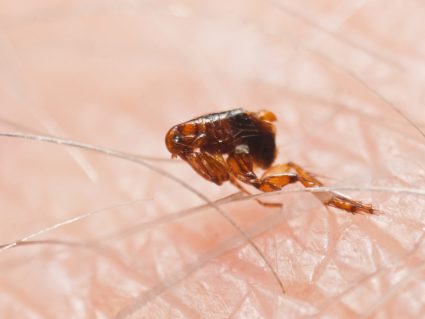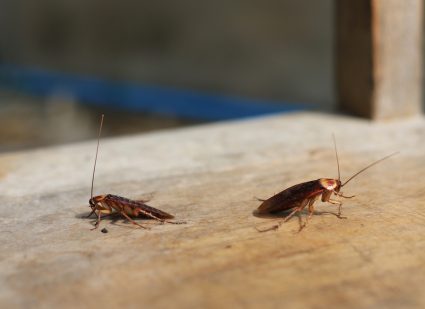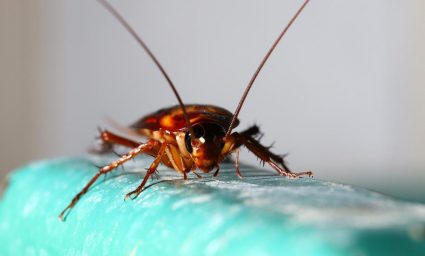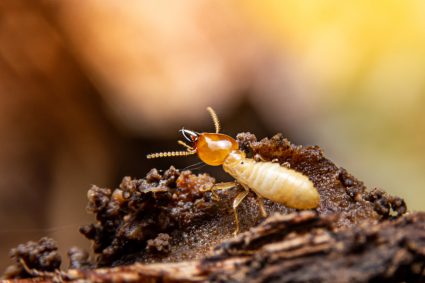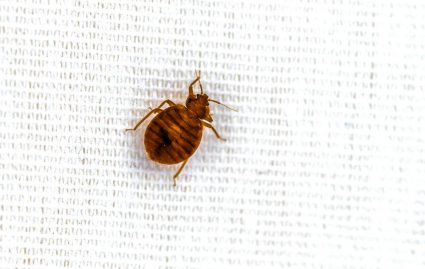
Fleas are a common nuisance to pet owners worldwide. These tiny, blood-sucking parasites can make life miserable for your furry friends, causing itchiness, discomfort, and even health issues. One of the most challenging aspects of dealing with fleas is their reproductive cycle. Flea eggs can be tough to spot and even harder to distinguish from other small particles like dandruff. This article aims to provide a comprehensive guide on how to identify flea eggs from dandruff.
Flea eggs and dandruff can be differentiated by their appearance, texture, and location. Flea eggs are oval-shaped, off-white, and have a smooth texture, often found in the pet’s environment like bedding or carpets. Dandruff, on the other hand, consists of irregular-shaped, thin flakes of skin, typically found on the pet’s fur, especially on the back and near the tail. Using a flea comb and a magnifying glass can help in identifying flea eggs from dandruff.
Understanding Flea Eggs and Dandruff
Before diving into the identification process, it’s essential to understand what flea eggs and dandruff are.
Flea Eggs
Flea eggs are tiny, oval-shaped, and off-white in color, measuring around 0.5 mm in length. They have a smooth surface and a tacky texture that allows them to stick to surfaces. Flea eggs are usually laid by adult fleas on the host animal, but they are not sticky and tend to fall off into the environment, accumulating in areas where pets rest, such as carpets, pet bedding, and floorboard cracks.
Dandruff
On the other hand, dandruff consists of thin, light, irregular-shaped flakes of skin. It is primarily caused by oil from the sebaceous glands mixing with dead skin cells and/or product buildup, resulting in itchiness and flaking of the scalp. Dandruff is more likely to be found on a pet’s back, especially toward the tail.
Key Differences Between Flea Eggs and Dandruff
While flea eggs and dandruff may look somewhat similar, there are several key differences between the two.
Appearance and Texture
Flea eggs are almost always oval-shaped with rounded ends, resembling tiny grains of rice. They have a smooth surface and are slippery, which makes them fall off the fur easily. In contrast, dandruff flakes are irregular in shape and tend to stick to the fur.
Size and Color
Flea eggs are about 0.5 mm long and 0.3 mm thick, with a translucent, white or off-white color. Dandruff consists of thin, light, irregular-shaped flakes of skin.
Location
Flea eggs are often found in the environment where the pet rests, such as carpets, pet bedding, and floorboard cracks. Dandruff, on the other hand, is typically found on the pet’s fur, especially on the back and near the tail.
How to Identify Flea Eggs
Identifying flea eggs involves careful observation and the use of some simple tools. Here’s how to do it:
- Use a flea comb: Comb your pet’s fur with a fine-toothed flea comb, paying special attention to areas where fleas tend to congregate, such as the lower back and belly.
- Examine with a magnifying glass: Place the collected specks on a dark piece of paper and examine them under a magnifying glass. Flea eggs should appear as small, smooth, oval-shaped particles.
- Check the environment: Flea eggs often fall off the pet and accumulate in the environment. Check your pet’s favorite resting spots, including their bed, carpets, and furniture.
Preventing and Treating Flea Infestations
Preventing and treating flea infestations involves a combination of methods targeting fleas on the pet, in the home, and in the yard. Here are some key steps to follow:
- Regularly check your pet for fleas: Use a flea comb to check your pet for fleas regularly. If you spot any, consult your vet for appropriate treatments.
- Keep your home clean: Vacuum your home regularly, especially areas where your pet spends a lot of time. Wash your pet’s bedding frequently.
- Use flea prevention products: Use flea collars, topical treatments, or oral medications as recommended by your vet. These products can kill adult fleas and prevent new ones from hatching.
- Maintain your yard: Keep your yard clean and mowed to reduce the likelihood of flea infestations.
By following these steps, you can effectively manage and prevent flea infestations in your home, keeping your pets happy and healthy.
Conclusion
Identifying flea eggs from dandruff can be a challenging task due to their similar appearance. However, with the right knowledge and tools, you can effectively differentiate between the two and take appropriate action to keep your pets flea-free. Remember, flea infestations are easier to prevent than to treat, so regular checks and preventive measures are crucial to keep these pesky parasites at bay.
Frequently Asked Questions
How long does it take for flea eggs to hatch?
The hatching process for flea eggs typically takes anywhere from two days to two weeks, depending on environmental conditions such as temperature and humidity.
Can humans get fleas from their pets?
Yes, humans can get fleas from their pets. While fleas prefer non-human hosts, they can and do bite humans, often resulting in itchy, red bumps.
Can I use human dandruff shampoo on my pet?
No, it’s not advisable to use human dandruff shampoo on your pets. Pets have a different pH balance to humans, and human shampoos (including dandruff shampoos) can disrupt this balance, leading to skin irritation.
How can I treat my pet’s dandruff?
There are several ways to treat pet dandruff. These include using a pet-specific dandruff shampoo, improving their diet, ensuring they’re properly hydrated, and potentially using a humidifier in dry conditions. Always consult with a vet for the best course of action.
Can flea eggs survive in the vacuum cleaner?
Yes, flea eggs can survive in the vacuum cleaner. Therefore, it’s crucial to immediately dispose of the vacuum bag or empty the canister outside your home after vacuuming.
Are there any natural remedies for flea prevention?
There are several natural remedies that can help with flea prevention, including certain essential oils and diatomaceous earth. However, these methods may not be as effective as vet-recommended treatments, so always consult with a vet before trying any new flea prevention methods.

